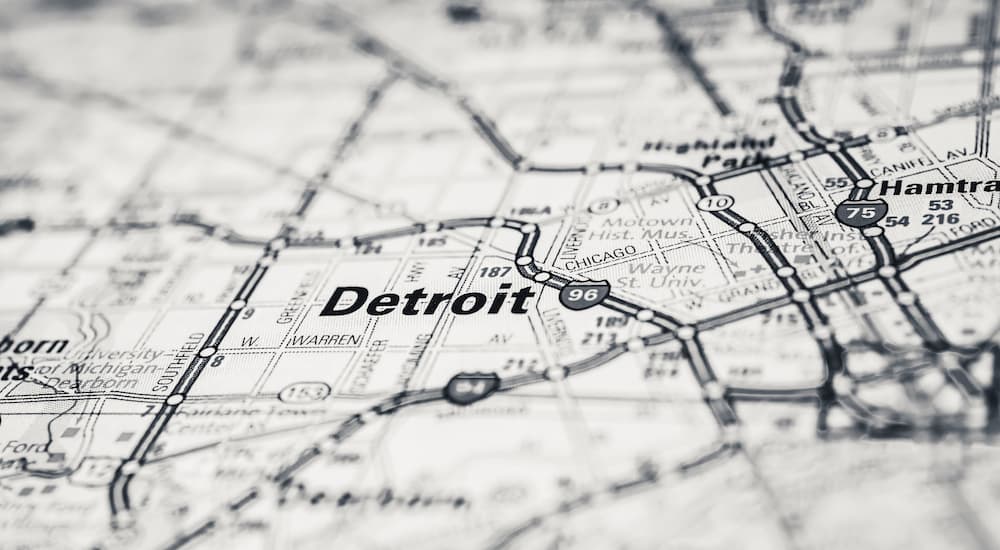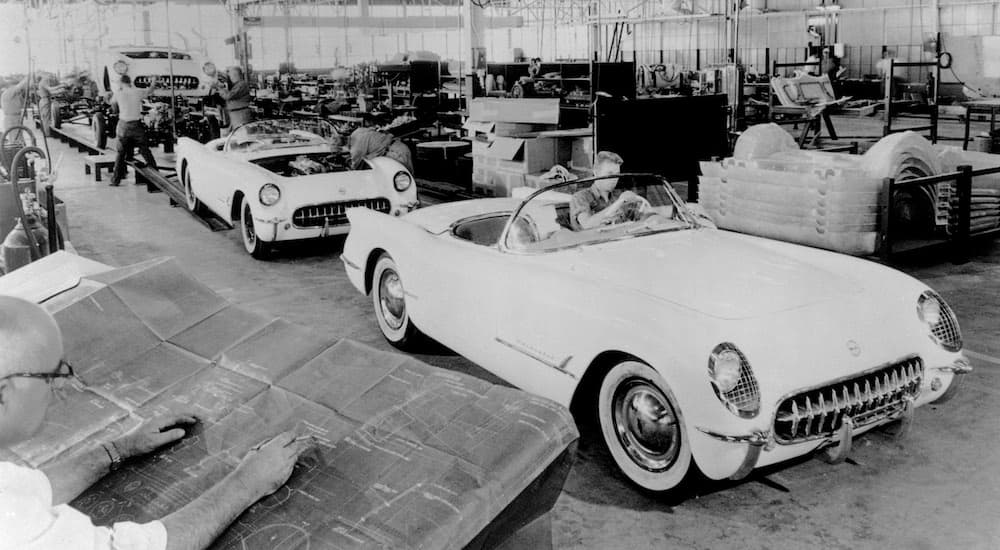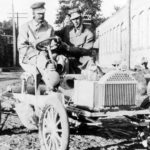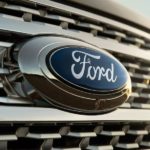There are a lot of new and used car lots in Jackson, MI, so drivers have plenty of choices. But there is a little-known secret that even many Jackson residents are unaware of. At the turn of the 20th century, Jackson, MI, wasn’t just selling cars or making parts; thanks to some innovative thinkers and visionary businessmen, Jackson was a central hub of American car manufacturing.
While Detroit was humming with the sounds of the auto industry, a little over an hour away in Jackson, creative minds were working to make the unassuming location the world’s premier Motor City. While Jackson’s 25 car companies didn’t succeed in overtaking the likes of giants like Ford and GM, they did manage to carve out a little niche for themselves in automotive history, producing a variety of models between 1901 and 1954, only one of which survives today.
While you might not believe that little Jackson was almost Detroit #2, believe it. The brief but interesting history of the Jackson automotive boom may well have turned out differently if not for the introduction of assembly lines and mass production by Oldsmobile and Ford up in Lansing and Detroit. However, car collectors today are still known to keep a lookout for the rare “Made in Jackson” stamp that’s next to impossible to come by.
Jackson Automobiles and Cartercar
While the likes of Ford, Chevy, and Chrysler tend to be associated with cities like Detroit and Flint, Jackson once had its own groundbreaking manufacturers that, unlike giants like Ford, assembled their cars by hand. Who were these forward thinkers? One of the most innovative thinkers of the time was Byron Carter, who had a background working with steam engines. Patenting a three-cylinder six-horsepower steam engine managed to secure the financial backing needed for him to open up the Jackson Automobile Company.
The company got its start producing steam-powered automobiles under the name “Jaxon” and gas-powered cars under the title “Jackson.” Despite Carter leaving a short time later, the Jackson Automobile Company remained in business for an additional twenty years producing notable vehicles like “The Duck,” a car that was designed to be driven from the backseat.
After his departure from the Jackson Automobile Company, Carter founded the Motorcar Company, which he later renamed the Cartercar Company before moving to Detroit in 1907. Carter was known for his forward-thinking and revolutionary friction drive transmission, which could be considered an early forerunner of today’s continuously variable transmissions. Cartercar was bought out by GM just two years after its move to Detroit, and its factory was given to GM’s Oakland brand.
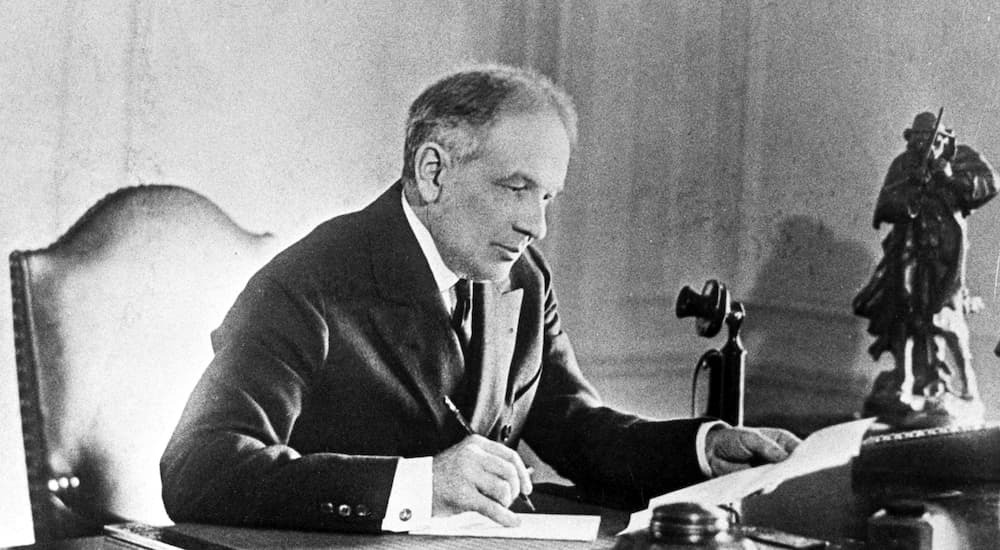
Buick and Imperial
While few people know the name Byron Carter, plenty of car enthusiasts know the name, David Dunbar Buick. Buick was second only to Ford in the early days of the automobile industry and remains an iconic brand today. It was this popularity and a reputation as a dependable car that caught the attention of future GM founder William Durant, who bought a significant share of the company before incorporating GM in 1908.
When Durant decided to expand Buick, he opened a large factory in Jackson, MI. However, Buick was only headquartered in Jackson from 1905 to 1907 before Durant decided to pack up production and head back to Flint, seeing the city as too conservative. However, the former Buick plant was later purchased by the Imperial Automobile Company.
Imperial manufactured roadsters and touring cars from 1907 to 1916. The powerful, lightweight cars had a reputation as well-engineered machines. By 1912 Imperial was producing around 2,000 cars a year. The end came in 1916 when it merged with Marion Motor Company out of Indianapolis. Later renamed Marion-Handley, the company folded in 1918.
Briscoe and Earl
The former Buick plant went on to be renamed the Briscoe Motor Car Company, where Benjamin Briscoe would produce cars from 1915 to 1920. Briscoe wasn’t new to the automotive industry and provided key start-up funds for the Buick Car Company back in 1902. In 1903 he formed a partnership with Jonathan Maxwell, a chief engineer at Oldsmobile. This partnership created the Maxwell-Briscoe Motor Company in 1905.
After the failure of the United States Motor Company, a conglomerate to rival GM, Benjamin Briscoe went on to found the Briscoe Motor Corporation in Jackson. This new company was known for its unique and unconventional design choices, such as putting a single headlamp front and center on top of the radiator housing. The Briscoe Motor Corporation struggled on until 1921.
By 1921 it was clear it was over, with the company being bought out and renamed Earl. In the early 1920s, the Earl was the only car produced in Jackson. This was important, considering that the automotive industry was taking off in a big way. Unfortunately, the company still didn’t thrive, folding in 1923.
Benjamin Briscoe also had his hand in a number of other ventures, including being president of the Jackson-based American Gear Company, which for a short time between 1914 to 1915, produced the Argo. This compact, inexpensive model was available with an option windshield for an additional $25. The Argo was followed by the Hackett, which was successful enough to spin off the Hackett Motor Company from the American Gear Company. However, the production of the diminutive Hackett ended in 1919.
Electric Cars and Corvette Killers
Jackson can even boast of being host to the Standard Electric Car Company, a manufacturer that we now see as being way ahead of its time. This company produced the Model M between 1911 and 1915 in the former Buick plant. It was one of the first electric cars available, going up to 100 miles on a single charge. The company’s slogan was “The car that excels, the car that outsells.” So what happened? Gas happened. Gas engines were the power of choice, and the company shuttered in 1916.
The last company to put up a fight in Jackson was when Kaiser Motors opened a Jackson branch in the 1950s to produce the Kaiser Darrin sports car. This sleek, fiberglass roadster was designed to compete with the Chevy Corvette, but it was underpowered and only remained in production for a single year. In 1954, the lease on the Kaiser plant expired, and the final chapter of Jackson, MI, automobile manufacturing was written.
Then and Now
As they say, the rest is history! By the late 1920s, some 18,000 of Jackson’s workers (more than half) were earning wages making auto parts rather than actual automobiles, essentially signaling that Jackson’s better automotive days were past. With the rise of auto giants like Ford and GM in Detroit and the surrounding areas, Jackson’s hope of becoming the next auto boom-town never happened, and the city’s automobile manufacturing history was but a mere footnote. Now home to numerous factories and machine shops that make nearly every kind of part under the sun, it’s not so hard to believe that Jackson once almost became what Detroit is known as today, the Motor City.
Driving through and around the city, you might see remnants of the city’s past, but most of it has been demolished, including the massive Buick plant. However, this hasn’t stopped car enthusiasts who are always on the lookout for a Jackson-made model. Of the vehicles produced by the twenty-five Jackson automakers, only a few models are known to remain today. Unless, of course, you include Buick, which continues producing large numbers of vehicles around the world––just not in Jackson, MI.
